A missing man was rescued from the brink of hypothermia in West Richland, Washington, thanks to a drone equipped with thermal imaging, highlighting the growing role of unmanned aerial systems (UAS) in Search and Rescue (SAR) operations. The Benton County Sheriff’s Office reported the successful mission early Sunday morning after locating the man near the Candy Mountain trailhead, as detailed in their social media post.
Swift Response Prevents Crisis
The incident began when authorities discovered the man’s truck at the Candy Mountain trailhead, prompting an immediate SAR operation. With nighttime temperatures dipping to the low 50s Fahrenheit, the risk of hypothermia was high for the man, who was found asleep in the rugged terrain. The Benton County Sheriff’s Office and West Richland Police Department deployed two drones, one fitted with a thermal camera that detected the man’s heat signature. “The drone operator woke him just in time, and he was brought to safety before his body temperature could drop further,” the sheriff’s office stated on social media, emphasizing the mission’s urgency.
Thermal Imaging: A Game-Changer for SAR
Thermal imaging technology, which detects heat signatures, was critical to this rescue. Drones equipped with these cameras can identify individuals in low-light or obscured conditions, covering vast areas far faster than ground teams. According to the Benton County Sheriff’s Office drone program, such UAS are routinely used for SAR, fire response, and emergency operations, with operators trained to prioritize safety and privacy. This incident underscores how thermal-equipped drones enhance SAR efficiency, particularly in challenging environments like the 1,000-foot elevation of Candy Mountain.
Growing Role of Drones in Emergency Response
The Candy Mountain rescue reflects a broader trend of drone adoption in public safety. Agencies nationwide are integrating UAS into SAR protocols, leveraging their ability to navigate difficult terrain and provide real-time aerial data. The Benton County SAR Plan outlines the use of drones alongside K9 units and technical rescue teams, supported by regular training and interagency collaboration. This coordinated approach ensures rapid deployment, as seen in the quick response that saved the man from hypothermia, a condition that can set in within hours at 50°F if unprepared.
Implications for Drone Operators and Communities
For drone professionals and recreational pilots, this rescue highlights the value of advanced UAS capabilities like thermal imaging, which can cost $2,000–$10,000 (USD) depending on the model. Such investments are proving worthwhile for public safety agencies, potentially encouraging further funding and training. For Tri-Cities residents, the incident demonstrates the reliability of local emergency services, bolstered by technology that can mean the difference between life and death. Regulatory frameworks, as outlined by Benton County, ensure these operations balance effectiveness with privacy, maintaining public TRUST.
Looking Ahead
The successful Candy Mountain rescue, reported by NBC Right Now, showcases the life-saving potential of drones in SAR. As UAS technology advances, with improvements in battery life and sensor accuracy, their role in emergency response will likely expand. For now, the Benton County Sheriff’s Office’s timely intervention serves as a powerful example of how drones are transforming public safety, one rescue at a time.
You can read more Drones for Good news stories on DroneXL.
Photos courtesy of Benton County.
Discover more from DroneXL.co
Subscribe to get the latest posts sent to your email.






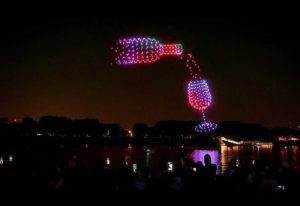




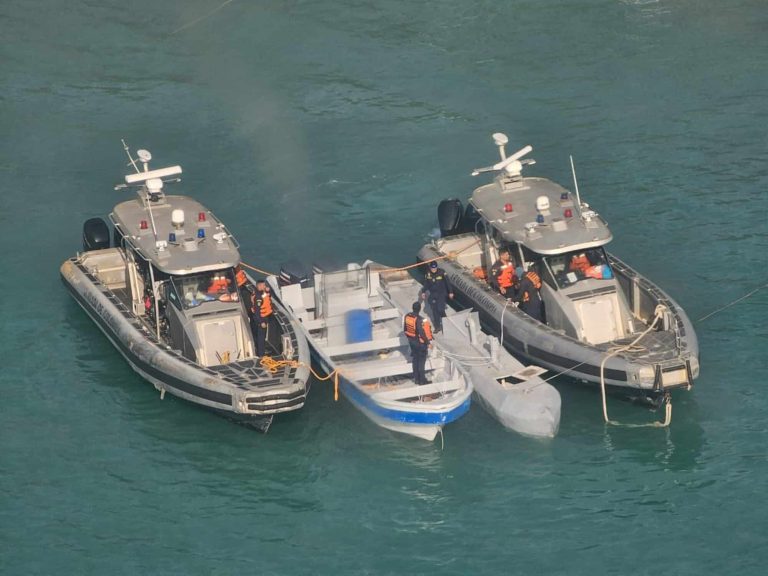




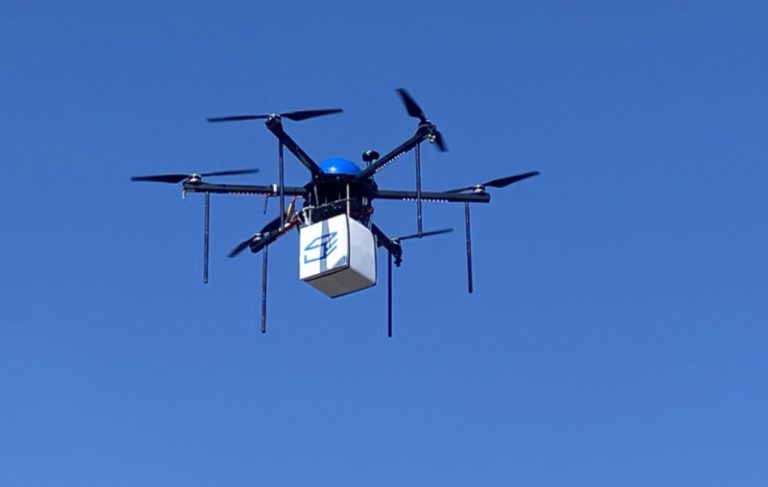

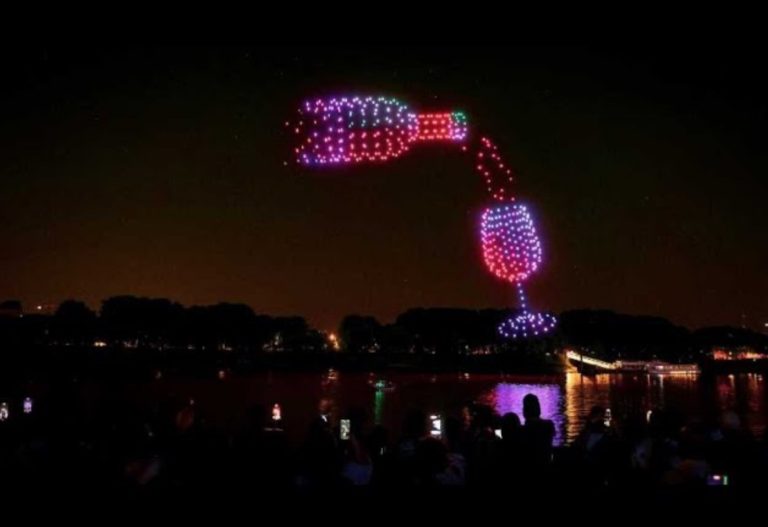
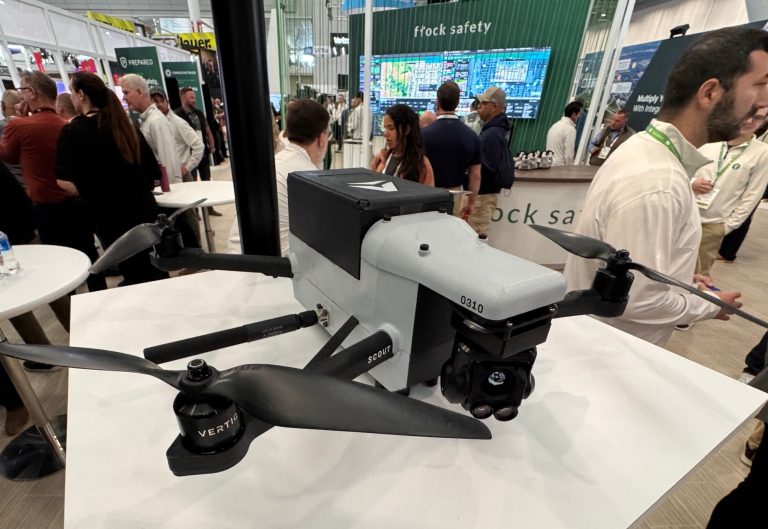
+ There are no comments
Add yours